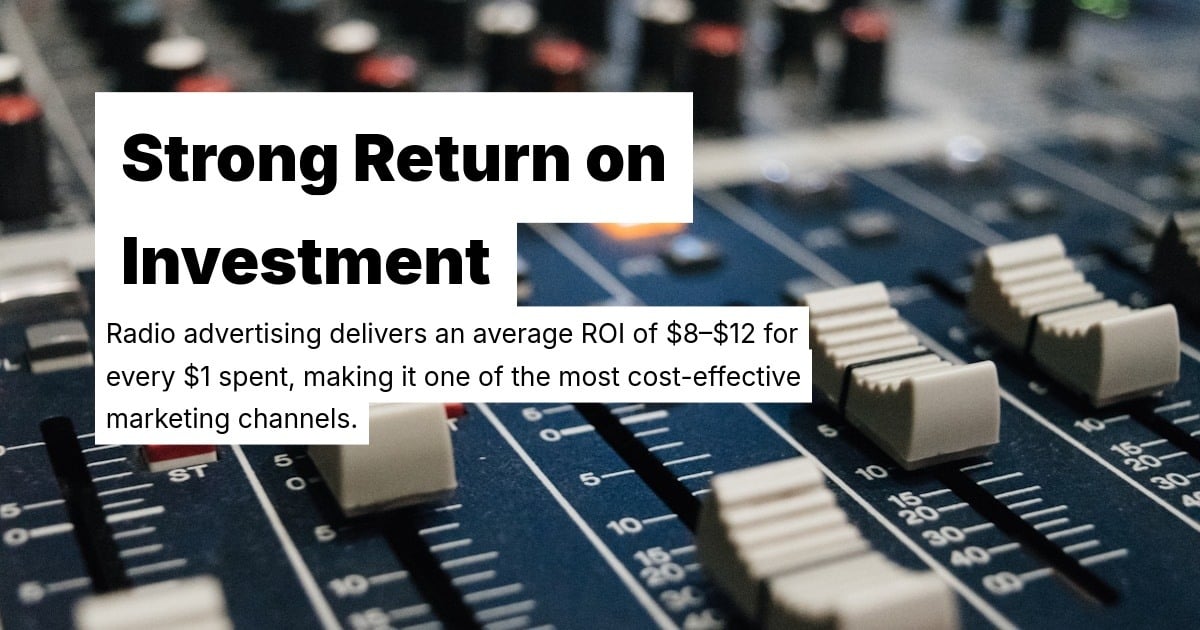How to Write a TV or Radio Ad Script That Converts
Writing a compelling TV or radio ad script requires more than just catchy phrases—it demands strategic messaging, emotional engagement, and a clear call to action (CTA).
According to Nielsen, ads that trigger emotional responses are 23% more likely to drive brand recall than rational messaging.
1. Understanding Your Audience
-
Know your target demographic: Define your ideal customer based on age, location, interests, and pain points (Pew Research Center).
-
Identify their media consumption habits: Radio listeners are more engaged during commutes, while TV viewers pay more attention during prime-time slots (Nielsen Total Audience Report).
-
Align your message with audience needs: Ads that address specific pain points drive 35% higher engagement (Ebiquity Media Research).
2. Crafting a Powerful Hook (First 5 Seconds Matter!)
-
TV Ads: Use strong visuals and sound cues—viewers decide whether to keep watching within 5-8 seconds (Thinkbox UK).
-
Radio Ads: Open with a question, bold statement, or sound effect to grab attention immediately.
-
Data Insight: Ads that include a direct question within the first five seconds see 20% higher listener retention (Radio Advertising Bureau).
3. Structuring an Effective Ad Script
TV Ad Script Structure (30 seconds)
-
Opening Hook (0-5 sec): Capture attention with an emotional or relatable statement.
-
Problem Statement (5-10 sec): Highlight a pain point your audience faces.
-
Solution & Unique Selling Proposition (10-20 sec): Present your product/service and why it's the best choice.
-
Call to Action (20-30 sec): Provide a clear action step (e.g., "Call now," "Visit our website," "Limited-time offer").
Radio Ad Script Structure (30 seconds)
-
Attention Grabber (0-5 sec): Use engaging sound effects, music, or an unexpected statement.
-
Main Message (5-20 sec): Focus on benefits, not just features.
-
Call to Action (20-30 sec): Reinforce urgency and provide easy ways to respond (e.g., "Call today!" or "Visit us online").
4. The Power of Emotion and Storytelling
-
Emotional storytelling increases engagement by 40% compared to generic messaging (Harvard Business Review).
-
Personal testimonials in ads lead to 22% more conversions, proving the value of real-life success stories (BIA Advisory Services).
-
Radio listeners engage more with conversational and story-driven scripts, making them 30% more effective than straightforward sales pitches (Edison Research).
5. Call-to-Action (CTA) That Drives Results
-
Create urgency: Phrases like "Limited-time offer!" or "Act now!" improve response rates by 31% (HubSpot Marketing Report).
-
Make it easy to act: Provide simple contact details, such as "Call 555-1234 now!" or "Visit BestDeals.com today!"
-
Repetition matters: Repeating your CTA at least twice in a 30-second ad increases retention and conversions (Marketing Science Institute).
Case Study: A Retail Brand's Successful Radio Ad Campaign
-
A local retail chain tested two versions of a radio ad: one with a direct sales pitch and another using storytelling.
-
The storytelling ad saw a 28% higher engagement rate and a 15% boost in store visits (Retail Marketing Insights).
-
CTA placement at the end of the ad resulted in a 20% lift in conversions, proving that timing matters.
Writing Ad Scripts That Convert
A well-crafted TV or radio ad script combines strong openings, clear messaging, emotional appeal, and an actionable CTA.
By understanding audience behavior, utilizing storytelling, and reinforcing key messages, businesses can drive higher engagement, recall, and conversions.
Whether crafting a TV spot or a radio commercial, applying these best practices ensures maximum ad impact.



